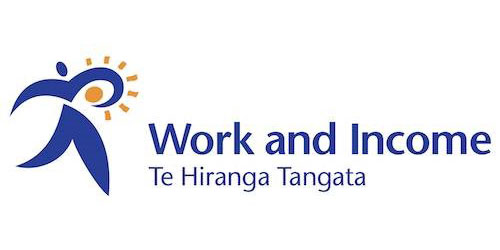Why spinal function matters early in life
During childhood, the nervous system is rapidly developing — shaping balance, coordination, and postural control. Research led by Dr Heidi Haavik and colleagues has explored how spinal adjustments may influence sensorimotor integration and motor development, providing insights into how early spinal care could support healthy neurological growth.
What the research explored
Haavik’s studies have investigated how spinal dysfunction can disrupt normal sensory input to the brain, potentially affecting how children perceive body position and control movement. In particular, research into sensorimotor integration shows that altered joint motion changes how the brain processes proprioceptive information — the body’s internal awareness of posture and movement.
Key findings
- Spinal adjustments modify the way the brain’s somatosensory cortex and cerebellum process input from the body, improving coordination and balance responses.
- Studies demonstrate changes in motor evoked potentials and reflex activity following chiropractic care, suggesting enhanced neuromuscular control.
- In children, optimising posture and spinal movement patterns during growth may contribute to better balance, concentration, and motor learning.
- While chiropractic care does not “treat” developmental conditions, research supports its potential role in promoting healthy neuromotor function.
Clinical perspective
In practice, this means chiropractic care for children focuses on gentle, age-appropriate adjustments to support spinal mobility and nervous system function. By improving spinal communication with the brain, we aim to help young bodies move, balance, and grow more efficiently.
Our approach
- Use gentle techniques suitable for infants, children, and adolescents.
- Assess posture, balance, and movement patterns during each visit.
- Work alongside parents to support habits that encourage good posture and neuromotor development.
Read the study: Alterations in Sensorimotor Integration Following Spinal Manipulation in Children with Subclinical Neck Pain
This article summarises emerging research and does not imply diagnosis or treatment of neurological or developmental conditions. Chiropractic care for children focuses on function, comfort, and safe spinal movement.


